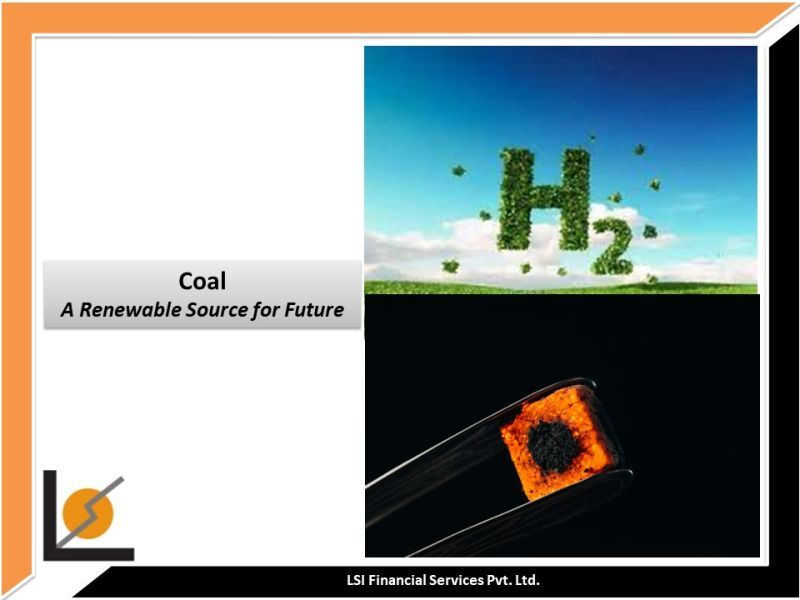Throughout history, coal has been synonymous with non-renewable energy and the adverse environmental impacts associated with its usage. However, as our understanding of energy evolves, so does the potential for groundbreaking discoveries. Researchers at Penn State University have made an unexpected breakthrough that could reshape our perception of coal and pave the way towards a more sustainable future.
They have found usage in utilizing coal as a means to store hydrogen gas, a key component of renewable energy. Imagine a world where coal, once synonymous with carbon emissions, can now play a pivotal role in our transition to clean and renewable energy sources. This revelation holds immense promise for our energy industry and offers a potential solution to the longstanding challenge of efficient and cost-effective hydrogen storage.
Coal’s versatility and widespread market use across various industries give it a unique advantage in the renewable energy landscape. With its reputation for being clean-burning, hydrogen fuel holds tremendous potential for high-consumption sectors such as transportation, power generation, and manufacturing. However, the lack of practical storage solutions has hindered its widespread adoption. But now, with the ability to inject and store hydrogen energy within coal formations, a new era dawn upon us. Moreover, this discovery holds significant economic opportunities, particularly for communities deeply impacted by the energy transition. By re purposing existing coal mining areas and leveraging the skills of our talented engineers, we can build a hydrogen infrastructure that not only provides clean energy but also revitalizes local economies. It’s a win-win situation that breathes new life into regions that have long been associated with traditional energy production.
As we embrace this paradigm shift, Penn State University stands at the forefront of this transformative research. With our abundant natural gas and coal supplies, coupled with our unrivaled engineering and business expertise, we are uniquely positioned to lead the charge in building the world’s hydrogen infrastructure.

